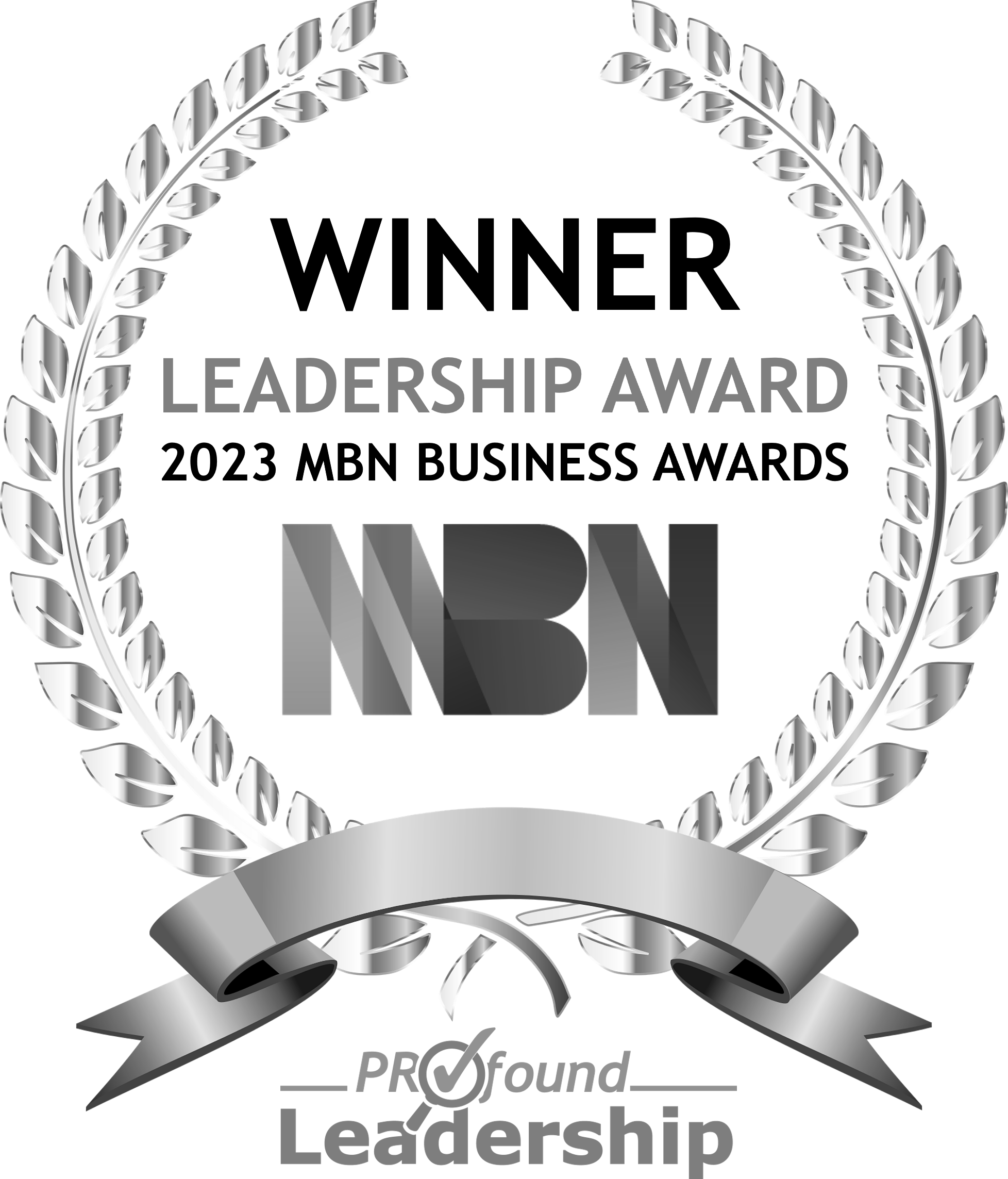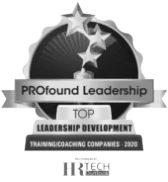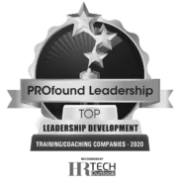Harnessing the Power of the Elements for Effective Conflict Resolution

[3 min read]
How fire, earth, water and air can help us navigate difficult situations.
Conflict is an inevitable part of life. Whether it’s a disagreement with a friend, a family member, or a colleague, conflicts can arise from time to time. And successfully managing conflict is an important leadership skill that can help us navigate difficult situations and come to mutually agreeable solutions. However, it can be challenging to remain calm and objective during a heated argument.
“Peace is not the absence of conflict, it is the ability to handle conflict by peaceful means.”
Ronald Reagan
The four elements – fire, earth, water, and air – can provide useful insights and strategies for successful conflict resolution. Let’s explore how to use these elements to resolve conflicts effectively.
Fire
Fire represents intense emotions such as anger or frustration, which can often be at the root of conflicts. However, it can also represent passion and motivation, which can be harnessed in a positive way to resolve conflicts. In conflict resolution, individuals can use this energy and drive to stay focused on finding a resolution, rather than getting caught up in negative emotions.
In a leadership context, we can channel our passion for a project towards finding a solution to a conflict between team members. This can help to motivate the team and work towards a common goal.
Earth
Earth represents stability, grounding, and a sense of rootedness. In conflict resolution, being grounded can help individuals stay calm and focused, even during a heated argument.
In a leadership role, we can use this element to maintain composure and stay centred in our position during a discussion. This can help us to listen actively to others and express our own needs in a clear and constructive way. It can also help to avoid misunderstandings and defensiveness, which can often escalate conflicts.
Water
Water represents emotions and empathy. In conflict resolution, it’s important to be able to understand and empathise with the other person’s perspective, even if you don’t necessarily agree with it.
Within a leadership framework, we can use this element to communicate more effectively and find common ground. This can help to foster a sense of mutual understanding and respect, which is essential for resolving conflicts. However, we should also be aware of potential manipulation tactics. Water can also represent tears, which can sometimes be used as an exploitation tool by the aggressor in the conflict. It’s important to recognise this and not let the aggressor fall into the role of the victim by crying.
Air
Air represents communication, clarity, and perspective. In conflict resolution, it’s important to be able to communicate thoughts and feelings clearly and effectively, while also being open to hearing the other person’s perspective.
From a leader’s perspective, we can use this element to bring an objective and rational perspective to the conflict. By doing so, individuals can work together to find solutions that benefit everyone involved. This can also help to avoid misunderstandings and defensiveness, which can often escalate conflicts.
To sum it up
In order to effectively use the four elements for conflict resolution, individuals should:
- Fire: Harness passion and energy in a positive way
- Earth: Stay grounded and calm
- Water: Avoid manipulation tactics
- Air: Work together to find a solution that benefits everyone involved
As leaders, it’s important to maintain a focus on our shared goals and encourage collaborative effort toward a positive conflict resolution. Such an approach can foster a culture of cooperation, respect, and positivity among team members. By adopting this strategy, we can resolve conflicts in a constructive and optimistic way, promoting stronger relationships and deeper mutual understanding. Ultimately, this demonstrates the most positive form of behavioural change.
“Dare to make a difference!” #WeMakeItEasy #LeadershipSkills
If you want to know more about leadership skills and Learning & Development Programs
… team up with us, and get PROfound Leadership on your support team!
AUTHOR

Martin Probst - CEO (Chief Education Officer)
If you liked our blog, please feel free to subscribe HERE to ensure you receive a reminder for our upcoming posts.
Please leave your feedback below and don’t forget to share this blog with your work colleagues. So they too can benefit from it. Simply choose your preferred social media on the left.







 Get a personalised 26pp report that helps you understand your own style, provides you with insights into DISC principles, and shows you how to apply your strengths or adapt your style to achieve better outcomes.
Get a personalised 26pp report that helps you understand your own style, provides you with insights into DISC principles, and shows you how to apply your strengths or adapt your style to achieve better outcomes. A 10-minute straight-to-the-point "Stress Strangler" every successful manager needs. Join our community and instantly access your FREE download (valued at $47)!
A 10-minute straight-to-the-point "Stress Strangler" every successful manager needs. Join our community and instantly access your FREE download (valued at $47)!